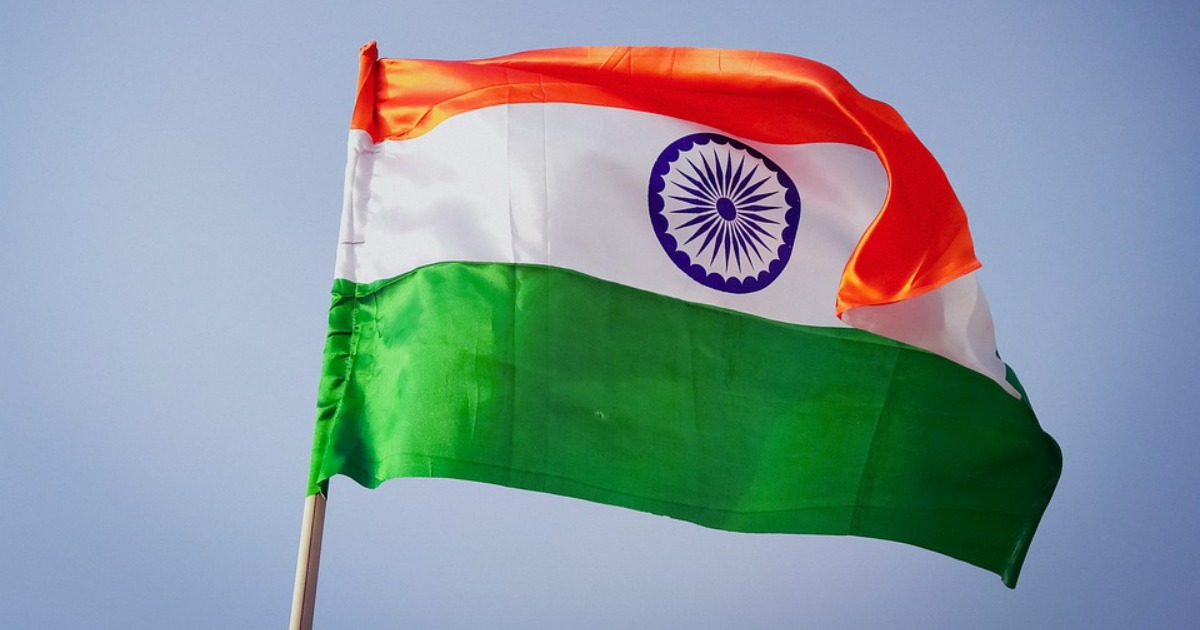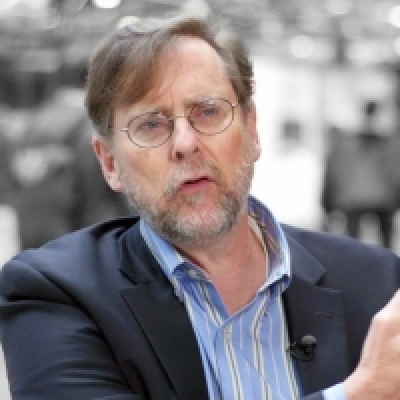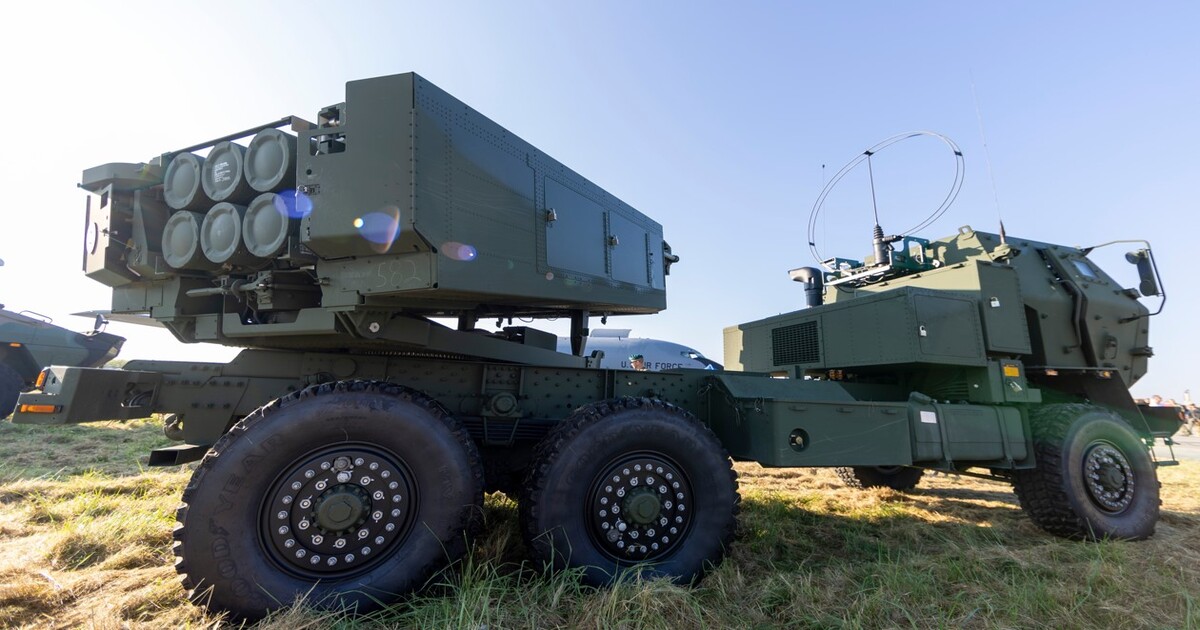India: The Biggest Elections In Human History Using Risky AI Tools
Elections in the world’s most populous country are a litmus test for how AI can be used to influence democracy.
May 3, 2024

A Strategic Assessment Memo (SAM) from the Global Ideas Center
You may quote from this text, provided you mention the name of the author and reference it as a new Strategic Assessment Memo (SAM) published by the Global Ideas Center in Berlin on The Globalist.
The numbers of India’s elections are impressively staggering. There are 969 million eligible voters, more than 1 million polling stations, 15 million election workers deployed, 2,600 political parties and over 8,000 candidates competing for 543 seats in the house of parliament – known as the Lok Sabha
The elections in India are so massive that not only are the lines long, but the election will be spread out over 44 days, from April 19 to June 1, to give everyone a chance to vote.
Election officials will be dispatched to remote corners of the country’s vast geography – 2,000 miles north to south, 1,800 miles east to west – to collect ballots in the world’s most populous nation of 1.4 billion people.
For some locations, voting machines must be carried on the backs of horses and elephants. In other places, polling booths can be reached only by boat. India also boasts the world’s highest polling booth, 15,256 feet high up in the Himalayan mountains.
The ultimate multi-party system
To say that India has a multi-party system is more than a slight understatement. In the 2019 elections, over 2,600 parties and about 8,054 candidates – including 3,461 independents – contested those elections.
However, there are two long-established major parties – the Bharatiya Janata Party (BJP), and the Indian National Congress (INC) – that have long dominated politics at the national level.
Elections are held every five years and – as a holdover from their previous British colonizers – all 543 elected Members of Parliament are elected from single-seat districts using first-past-the-post voting.
FPTP is a plurality voting system, in which voters cast a vote for a single candidate, and the candidate with the most votes wins the election – even if he or she has gained far less than a majority of the vote.
It sounds – and operates – like democratic anarchy. With so many parties and candidates running in a “winner take all” system, one can anticipate lots of spoiler candidates and split votes among the thousands of candidates from like-minded political parties.
That, in turn, usually translates into gross distortions in the “votes to seats” ratio, which is the political science-y way of saying many candidates and parties will be winning seats – as well as control of the legislature – with less than a majority of the vote.
Redistricting commission or proportional voting needed in India?
Indeed, if we look back at India’s last election in 2019, the leading BJP finished first, winning 37% – 229 million votes – but ended up with an over-representation of 56% of the Lok Sabha seats.
Meanwhile, the largest opposition party, the INC, won 19.5% of the popular vote – but ended up with only 9.5% of the seats. The votes-to-seats distortions in the 2014 elections were hardly any better.
Also in 2019, 468 million eligible voters were males, 432 million were females and 38,325 identified themselves as belonging to a “third gender.” 612 million people cast their votes, registering the highest turnout ever at 67.4%, and women’s participation increased to an historic 67.2%.
Chipping away at secularism
The incumbent Prime Minister from the BJP, Narendra Modi, is a Hindu nationalist who has slowly chipped away at the decades-long secularist orientation of the government in this multi-religious nation.
In the land of Mahatma Gandhi and Jawaharlal Nehru, Modi has been accused of embracing the illiberal orientations of leaders like Viktor Orban, Donald Trump and Vladimir Putin to assure his ongoing domination of politics.
Modi has undermined media and political freedoms, and India’s press freedom ranking has fallen by more than 20 places since Modi came to power in 2014.
Opposition parties have accused Modi of using government investigative agencies to conduct a series of raids, arrests and corruption investigations of key opposition figures, constraining their ability to contest elections.
In 2023, main opposition leader Rahul Gandhi from the Congress Party was sentenced to two years in jail on charges of defamation, but the Supreme Court suspended his sentence.
Last month, weeks before the start of the election, the government crippled the Congress Party by freezing its bank accounts over a tax dispute. Three weeks ago a friendly court placed another top opposition leader in two weeks of judicial detention, right after he had been released from 10 days in federal custody.
The last resort – attack your opponents
As India kicked off its election period, Prime Minister Modi deployed inflammatory race and class-based hate speech during a campaign stop, calling Muslims “infiltrators” and accusing the Congress Party of taking “real” Indians’ hard-earned money (this link shows a video of Modi using some of his most incendiary rhetoric ever about the minority Muslim faith).
Other critics allege the Modi government has damaged India’s secular constitution and its pluralistic values with its illiberal and inflammatory actions overwhelmingly favoring the country’s Hindu majority population.
Women have not had much representation success in India – the current Lok Sabha only has 15% women, despite women making up 48% of the population – yet the Modi government has passed legislation that, starting with the 2029 election, only women will be allowed to contest 33% of the seats in the lower house of Parliament.
So yeah, elections in the world’s largest, most populous democracy are a horrendous wonder. But here’s where it gets really interesting and strange.
Creepy AI techno-democracy will be given its first mass test drive
Depending on one’s level of paranoia, India will either be pioneering new and innovative uses of technology and social media as a way to reach voters, or it is introducing Orwellian Big Brother technology to manipulate voters.
This election will see, for the first time, extensive use of avatars – digital replicas of real people – and bots that are tuned to the “Volksgeist.” An AI-generated version of Prime Minister Modi – which has been shared on WhatsApp hundreds of millions of times – shows the potential for hyper-personalized outreach in a vast and populous country.
In the video, Modi’s avatar addresses voters directly by name – in whichever of India’s many languages they speak.
But that is not all. The New York Times reports that workers in Modi’s BJP party are also sending videos by WhatsApp, in which their own AI avatars deliver personal messages to specific voters about the government benefits they have received – and ask them to vote for Modi.
Those video messages can be very persuasive – and are automatically generated in any of India’s dozens of languages.
Phone messages by AI-powered chatbots are calling constituents in the voices of political leaders, and soliciting their support. Such outreach requires a fraction of the time and money spent on traditional campaigning.
“Around the world,” writes the New York Times, “elections have become a testing ground” for AI-driven techno-democracy.
Not a new phenomenon
The tools already have been used to turn an Argentine presidential candidate into Indiana Jones and a Ghostbuster. During the New Hampshire primary, voters received robocall messages artificially generated to sound like President Joe Biden’s voice, urging them not to vote.
A pivotal election in Slovakia was disrupted by an audio recording spread over digital media just days before the election, purporting to show one of the top candidates boasting about how he had rigged the election.
And in another recording this candidate’s voice was seemingly talking about raising the cost of beer (not a smart move days before an election).
These AI-generated recordings went viral on digital media, and left little time for outing the fakery. The targeted candidate, who was pro-NATO and sympathetic to Western interests, lost to an opponent who supported closer ties to Russian President Vladimir Putin and Moscow.
AI marches on
Now comes the next turn of the screw. One AI start-up in India, called The Indian Deepfaker, has made commercials with AI-generated avatars of Bollywood actors and actresses, as well as everyday people.
The AI technologies can publish in multi-lingual, removing language barriers in a way that makes them especially useful in a linguistically diverse country like India.
Once the initial prep work is complete, it takes about four minutes to create a couple dozen personalized greeting videos. Deepfaker says it can produce up to 10,000 videos a day.
The avatars are indelibly realistic – and the realized capacity for personalization presents a new challenge. One recipient of an avatar received a call, and afterward said at first he had not realized that the call was AI-generated. The avatar was so true-to-life that the viewer even said goodbye to it at the end.
Representative democracy depends on information technology
Representative democracy as we have known it for the last century and a half is built on top of information technology.
That is because democracy in a mass society requires debate on a broad scale – since you have to foster agreement over common rules and standards among large populations of millions of individuals, most of whom do not know each other and will never meet. And that can only be accomplished with information technology.
It was not possible to have a democratic debate on a broad scale until about the late 15th century – after the introduction of Gutenberg ’s printing press in 1455, because the necessary technology to foster that debate did not exist.
The first large scale impact of the printing press was the dissemination of Martin Luther’s 95 Theses in 1517 – which inspired a grassroots rebellion against the Catholic Church and its dominant authority. Mass communication had arrived.
Historically speaking, there is not a single example of a large-scale democracy on a national or large-state level before the invention of mass information technologies. Before that time, the only democracies possible were on a miniature scale – such as city states or tribes like ancient Athens, Rome or Sumer.
Which is why every change in information technologies inevitably shakes up democracy. The new communication technologies are spreading like wildfire. With each new turn of the hamster wheel, something essential and sacred is being reinvented – for better or worse.
India’s impending election may well give us a new flavor of our democratic future. Frankly, it fills me with trepidation. How long will it take before the public will not be able to tell what is authentic from what is fake?
We may be about to find out. Stay tuned.
Takeaways
The numbers of India's elections are staggering. There are 969 million eligible voters, more than 1 million polling stations, 15 million election workers, 2,600 political parties and over 8,000 candidates.
Elections in the world's most populous country are a litmus test for how AI meets democracy.
India will either be pioneering new and innovative uses of technology and social media as a way to reach voters, or it is introducing Orwellian Big Brother technology to manipulate voters.
Representative democracy as we have known it for the last century and a half is built on top of information technology. That is because democracy in a mass society requires debate on a broad scale.
There is not a single example of a large-scale democracy on a national or large-state level before the invention of mass information technologies. Before that time, the only democracies possible were on a miniature scale.
A Strategic Assessment Memo (SAM) from the Global Ideas Center
You may quote from this text, provided you mention the name of the author and reference it as a new Strategic Assessment Memo (SAM) published by the Global Ideas Center in Berlin on The Globalist.


